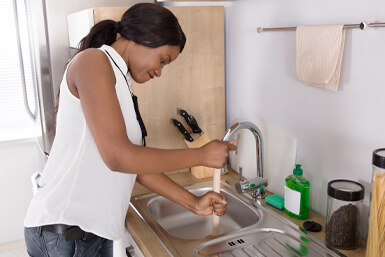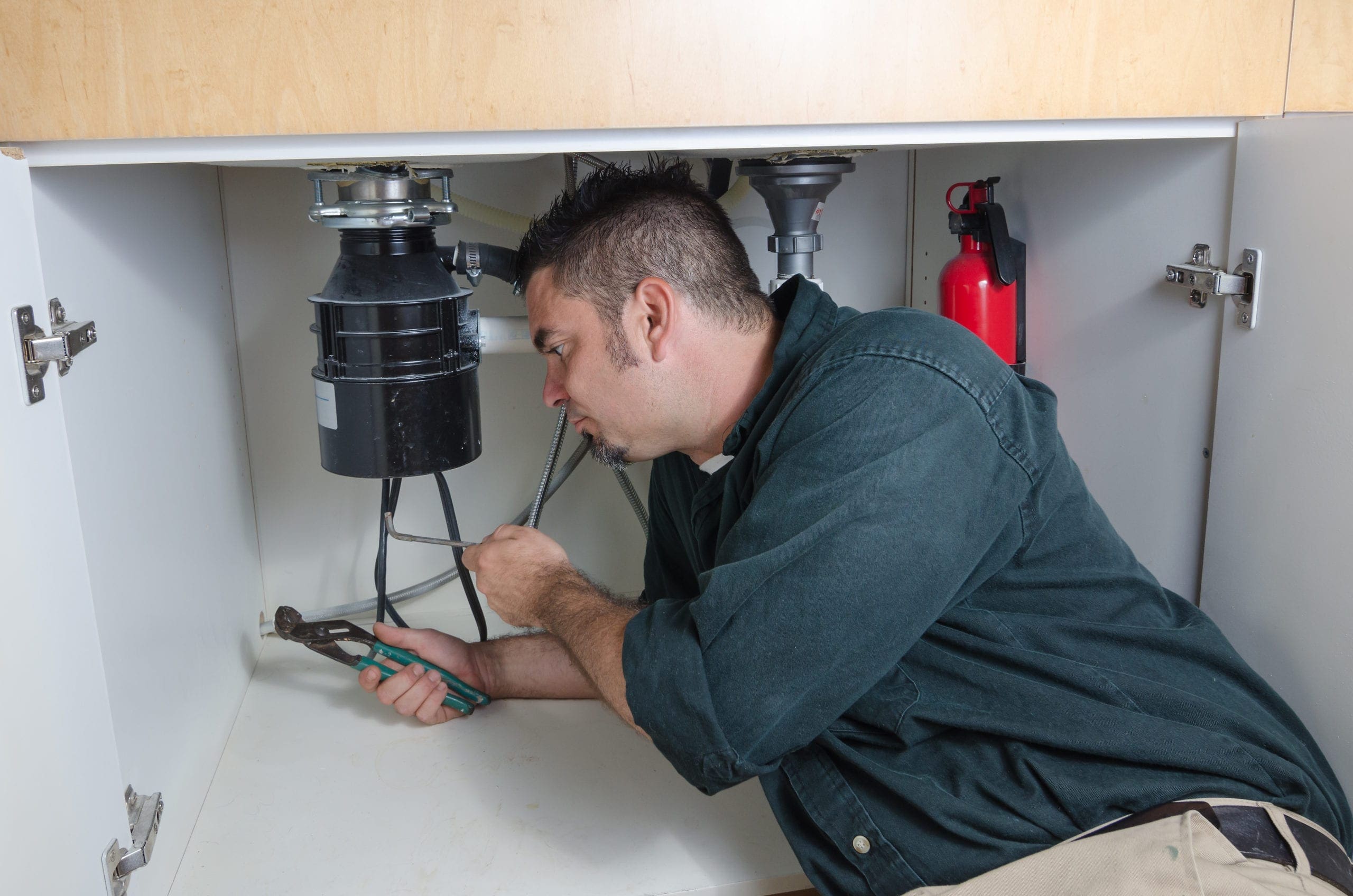Do Not Take Chances: Typical Home Appliance Issues That Need a Plumber
Do Not Take Chances: Typical Home Appliance Issues That Need a Plumber
Blog Article
In this article below you will find a good deal of first-rate insights related to How To Fix Noisy Pipes.

To detect loud plumbing, it is essential to establish initial whether the unwanted sounds occur on the system's inlet side-in other words, when water is turned on-or on the drain side. Noises on the inlet side have differed reasons: too much water stress, used shutoff as well as faucet parts, improperly connected pumps or various other devices, inaccurately positioned pipeline fasteners, as well as plumbing runs including a lot of tight bends or other constraints. Sounds on the drainpipe side typically stem from inadequate area or, just like some inlet side noise, a layout containing limited bends.
Hissing
Hissing sound that happens when a faucet is opened slightly usually signals excessive water pressure. Consult your neighborhood public utility if you think this problem; it will be able to inform you the water stress in your area and can mount a pressurereducing shutoff on the incoming water supply pipeline if needed.
Other Inlet Side Noises
Creaking, squealing, scraping, snapping, as well as tapping usually are brought on by the growth or contraction of pipelines, typically copper ones supplying warm water. The noises occur as the pipelines slide against loosened fasteners or strike close-by house framework. You can frequently identify the area of the problem if the pipelines are exposed; simply follow the audio when the pipes are making sounds. Most likely you will uncover a loose pipeline wall mount or an area where pipelines lie so near to flooring joists or other mounting pieces that they clatter against them. Affixing foam pipe insulation around the pipelines at the point of contact must treat the issue. Make certain straps as well as wall mounts are secure as well as supply ample support. Where possible, pipe bolts need to be attached to enormous structural aspects such as structure wall surfaces rather than to mounting; doing so reduces the transmission of resonances from plumbing to surfaces that can magnify and also transfer them. If affixing fasteners to framing is inescapable, wrap pipelines with insulation or other durable product where they contact fasteners, and also sandwich the ends of new bolts between rubber washers when mounting them.
Correcting plumbing runs that experience flow-restricting limited or numerous bends is a last hope that needs to be carried out just after getting in touch with an experienced plumbing specialist. However, this situation is fairly typical in older residences that may not have been developed with interior plumbing or that have actually seen several remodels, especially by novices.
Babbling or Shrilling
Intense chattering or screeching that happens when a shutoff or tap is activated, and that generally disappears when the fitting is opened fully, signals loose or defective internal components. The option is to change the shutoff or tap with a brand-new one.
Pumps and also devices such as cleaning makers as well as dish washers can move electric motor noise to pipes if they are incorrectly connected. Link such items to plumbing with plastic or rubber hoses-never rigid pipe-to isolate them.
Drainpipe Sound
On the drainpipe side of plumbing, the principal objectives are to get rid of surface areas that can be struck by falling or rushing water and to insulate pipelines to have inescapable audios.
In brand-new building, tubs, shower stalls, toilets, and wallmounted sinks and also containers must be set on or versus durable underlayments to reduce the transmission of sound via them. Water-saving commodes as well as faucets are less loud than standard designs; install them as opposed to older kinds even if codes in your area still permit utilizing older fixtures.
Drains that do not run up and down to the basement or that branch into horizontal pipe runs sustained at floor joists or various other framing existing specifically bothersome noise troubles. Such pipes are large sufficient to emit considerable resonance; they also bring significant quantities of water, which makes the scenario worse. In new building and construction, specify cast-iron dirt pipes (the big pipes that drain commodes) if you can afford them. Their massiveness includes much of the sound made by water going through them. Additionally, prevent routing drains in walls shared with bed rooms and areas where people gather. Wall surfaces including drains must be soundproofed as was described previously, using double panels of sound-insulating fiber board as well as wallboard. Pipes themselves can be covered with special fiberglass insulation made for the objective; such pipelines have an impervious plastic skin (often containing lead). Outcomes are not always acceptable.
Thudding
Thudding sound, commonly accompanied by shuddering pipelines, when a faucet or device valve is turned off is a problem called water hammer. The noise and also vibration are brought on by the reverberating wave of pressure in the water, which instantly has no location to go. Occasionally opening a shutoff that discharges water quickly right into a section of piping consisting of a restriction, joint, or tee fitting can create the very same condition.
Water hammer can normally be cured by setting up installations called air chambers or shock absorbers in the plumbing to which the problem valves or taps are connected. These gadgets permit the shock wave created by the halted flow of water to dissipate airborne they contain, which (unlike water) is compressible.
Older plumbing systems may have brief upright sections of capped pipe behind wall surfaces on tap runs for the exact same objective; these can eventually full of water, minimizing or damaging their effectiveness. The remedy is to drain pipes the water supply completely by turning off the primary water valve and opening all taps. After that open the main supply valve as well as shut the taps one at a time, starting with the tap nearest the shutoff and also finishing with the one farthest away.
If Your Plumbing is Making These Sounds, There’s a Problem
A Bang or Thump When You Turn Off a Faucet
If a loud bang or thump greets you each time your turn off running water, you likely have a water hammer. A water hammer occurs when the water velocity is brought to a halt, sending a shock wave through the pipe. It can be pretty jarring — even worse, damaging to your plumbing system. All that thudding could loosen connections.
Strange Toilet Noises
You’re so familiar with the sounds your toilet makes that your ears will be attuned to anything out of the ordinary. Fortunately, most unusual toilet noises can be narrowed down to just one of several problems.
Foghorn sound:
Open the toilet tank Flush the toilet When you hear the foghorn noise, lift the float to the top of the tank If you’re ambitious, you can remove the ballcock valve and disassemble it to replace the washer. Or you can more easily replace the ballcock valve entirely. This device is relatively inexpensive and available at most any hardware store.
Persistent hissing:
The hissing following a flush is the sound of the tank filling. It should stop once the tank is full. But if the hissing continues, it’s likely because water is leaking out of the tank. The rubber flap at the bottom of the tank can degrade, letting water slip through and into the bowl. That’s why the tank is refilling continuously. Fortunately, this is an easy fix:
Cut the water to the toilet by closing the shutoff valve on the water supply line. Flush the toilet to drain the tank. Disconnect the flapper Attach the new flapper Gurgling or bubbling:
Gurgling or bubbling suggests negative air pressure in the drain line, likely resulting from a clog. As air releases, it causes the water in the toilet to bubble. This could either be a minor issue or a major one, depending on the clog’s severity. Clogs can be caused by toilet paper or more stubborn obstructions such as tree roots. If you can’t work out the clog with a plunger, contact a professional plumber for assistance because a clog of this magnitude could lead to filthy and unsanitary sewage backups in your sink bathtub.

I was brought to that editorial on How To Fix Noisy Pipes from a good friend on our other blog. Those who enjoyed our blog entry plz remember to share it. Thank you for your time. Kindly visit our website back soon.
Book Service Report this page